Exploring Sapa Vietnam and Quang Phu Cau Incense Village: Culture, Mountains, and Tradition
- Dan Romano

- Aug 1, 2024
- 4 min read
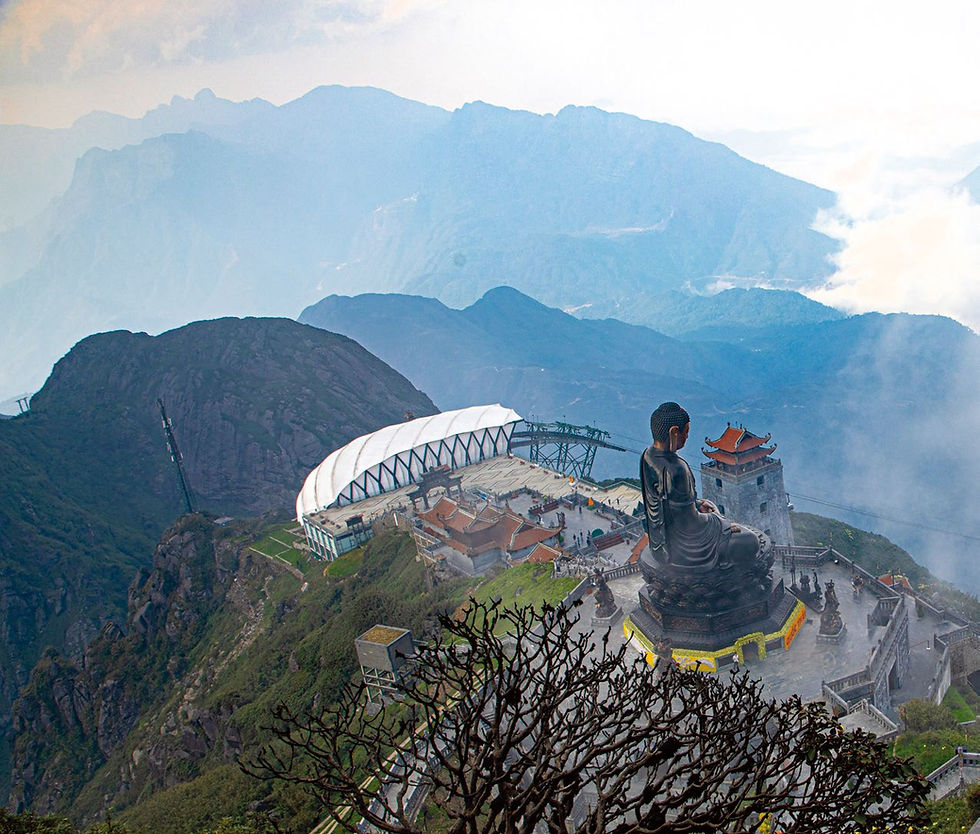
Discovering the Mystique of Vietnam’s Sapa Region and Incense Village
If you are considering a trip to Vietnam, it could take months to see all there is to see from Hanoi in the north to Ho Chi Minh in the south. When in the north, of course, Hanoi is likely your first stop. Then two hidden gems should not be missed: the mountainous town of Sapa and the Incense Village. When allocating time to visit northern Vietnam, consider adding two nights or more to visit Sapa, and if staying in Hanoi, consider a half-day to visit the Incense Village.
Exploring Sapa Vietnam offers travelers an unforgettable mix of cultural immersion, breathtaking mountain landscapes, and authentic local experiences.
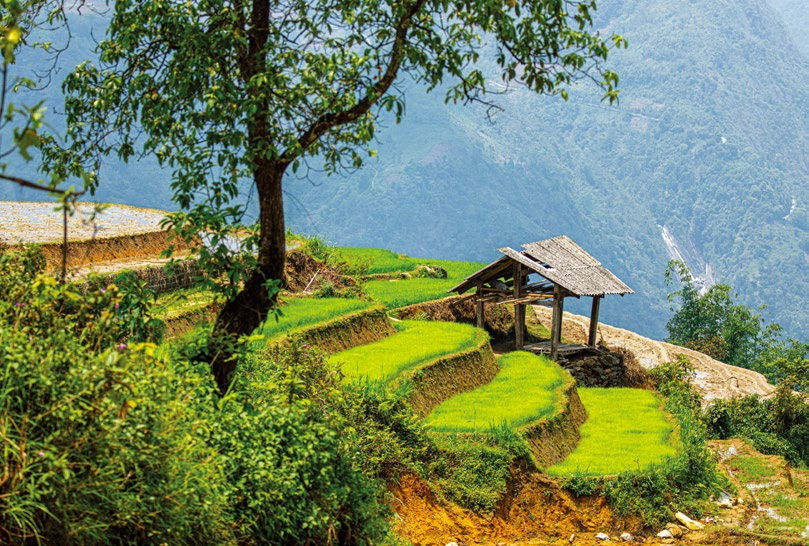
Exploring Sapa Vietnam: Ethnic Culture, Mountain Views, and Hidden Gems
Sapa is about 315 km (~200 miles) north of Hanoi, near the border with China. It’s a cozy and colorful mountain town with narrow streets that ascend and descend with the hills. These streets are lined with cafes, restaurants, hotels, and shops. Outside of town, roads twist through lush forests, small villages, and terraced rice paddies climbing the hills. At this elevation, the weather is cooler than the rest of Vietnam, though rain and fog can appear and disappear like a breeze.

Why Sapa Should Be on Your Northern Vietnam Travel Itinerary
Sapa is in the Hoàng Liên Son Mountain range, which is the eastern end of the Himalayas, and includes Indochina’s highest point, Fan Si Pan Mountain at a height of 3,143 meters (10,325 feet). The summit of Fan Si Pan offers stunning views and if a two-to-three-day strenuous hike is not your idea of fun, take the 20-minute cable car and shorter tram to the summit.
Fansipan Mountain: Reaching the Roof of Indochina by Hike or Cable Car
The Phu Quoc Cable Car holds a Guinness World Record as the longest and tallest three-rope cable car (7,900 meters or 4.9 miles). At the summit, you’ll find not only incredible views but also cultural and spiritual landmarks such as the 21-meter bronze Great Buddha and the tranquil Bich Van Zen Monastery. Open year-round, Fansipan’s summit offers a unique experience in every season.
Sun World Fansipan Legend: Culture and Adventure at Vietnam’s Peak
Sun World Fansipan Legend is a cultural complex at the base of the mountain. It offers festivals, traditional dances, and religious attractions, including several located at the mountain summit. Though winter is cold, the experience is no less breathtaking.
Meet the Tribes of Sapa: Hmong, Red Dao, and Other Ethnic Minorities
Sapa is home to several ethnic minority groups, including the Hmong, Red Dao, Giay, Xa Pho, and Tay. Many local women still wear traditional tribal clothing, each group with distinct colors and designs—a kaleidoscope of culture that adds vivid charm to your visit.
The Magic of Quang Phu Cau: Visiting Vietnam’s Iconic Incense Village
If you're staying in or near Hanoi, make time for a half-day trip to Quang Phu Cau Incense Village. The journey takes 2–3 hours round-trip, and though the incense drying area is small, it's extraordinarily photogenic. For a small fee (100,000 dong or about $4), you can take stunning photos of vibrant incense bundles.
How Vietnamese Incense Is Made: A Centuries-Old Spiritual Tradition
Incense plays a major role in Vietnamese spiritual life, used in temples, pagodas, and homes. Making incense involves several steps: harvesting bamboo, cutting and dyeing sticks, drying, then coating them with powdered aromas like pine buds, clove roots, or cinnamon bark. While machines now assist in parts of the process, the artistry remains deeply traditional.
Photo Tips and Travel Advice for Visiting the Incense Village Near Hanoi
Visitors are allowed to photograph the drying incense—fanned out like flower petals—on elevated platforms and narrow paths. Consider joining a guided tour for behind-the-scenes access to the entire incense-making process.
The traditional craft of making incense has been around for more than 100 years and was originally made by hand; presently, machines have taken over part of the process. After harvesting bamboo-like trees, it is split into the long toothpick-like sticks we are familiar with. Then the sticks are bundled, dipped into a vat of dye, and sent to a drying area. Once the dyed bundles are delivered to the drying area, ladies fan each bundle out into the round shape you see in the photos and remove any bad sticks from the bundles.
Next, to create the aroma typical of incense, various ingredients such as pine buds, clove roots, or cinnamon bark are ground into powder and glued to the sticks. After gluing two or three layers, the sticks are sealed and again left to dry. While certain tours will take tourists to see all the steps in the process, the part when the incense is fanned out to dry is quite impressive. The $4 dollar fee is more than reasonable to take photos since they do make the area conducive for it. There are small paths between the incense and scaffolding along the edges to climb up and shoot down.
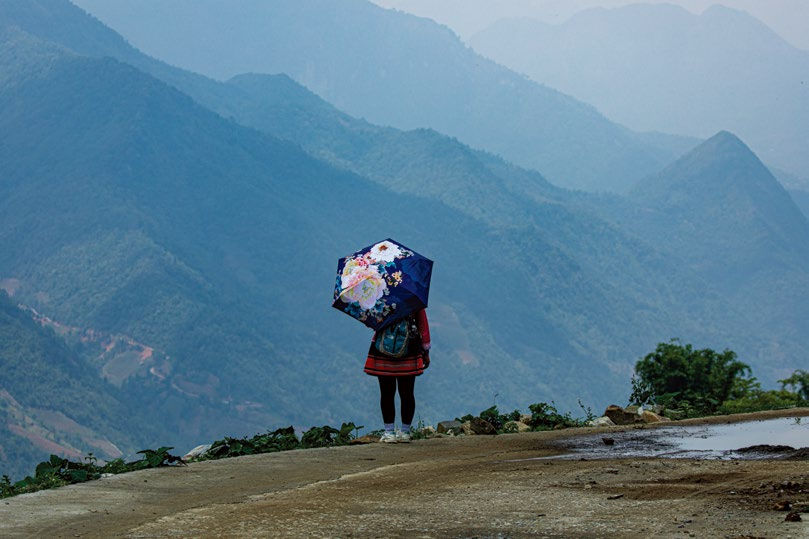
From Hanoi to the Highlands: Planning the Perfect Northern Vietnam Trip
Hanoi Vietnam is about a 4.5-hour direct flight from Incheon and if you are willing to go that far, take the extra time to go to Sapa and the Incense Village. Going to the top of Fansipan Mountain, seeing the sites in Sapa and Sun World, as well as driving about the beautiful foothills and small villages is a wonderful use of time in Vietnam! The Incense Village is a stunning site to see and take photos. To make the most of your time in the area, you might consider going on a group tour to see other things in addition to the incense. Both places are beautiful in diverse ways, and you will not regret the time spent!
Resources for your trip to Vietnam!
Sun World Fansipan Legend: https://fansipanlegend.sunworld.vn/en
Phu Quoc Cable Car: https://honthom.sunworld.vn/en/exprience/longest-cable-car-in-the-world
Best free walking tours in Vietnam: https://www.guruwalk.com/c/vietnam
Tours for purchase:






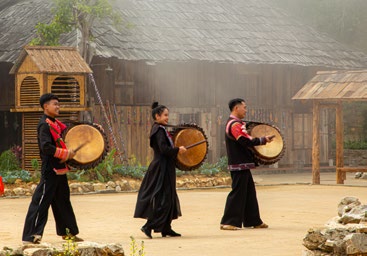

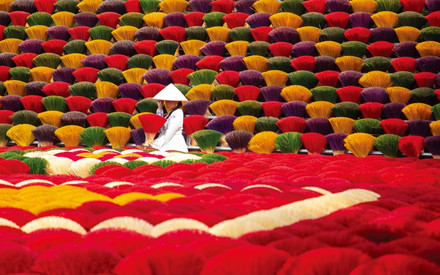











Looks beautiful!